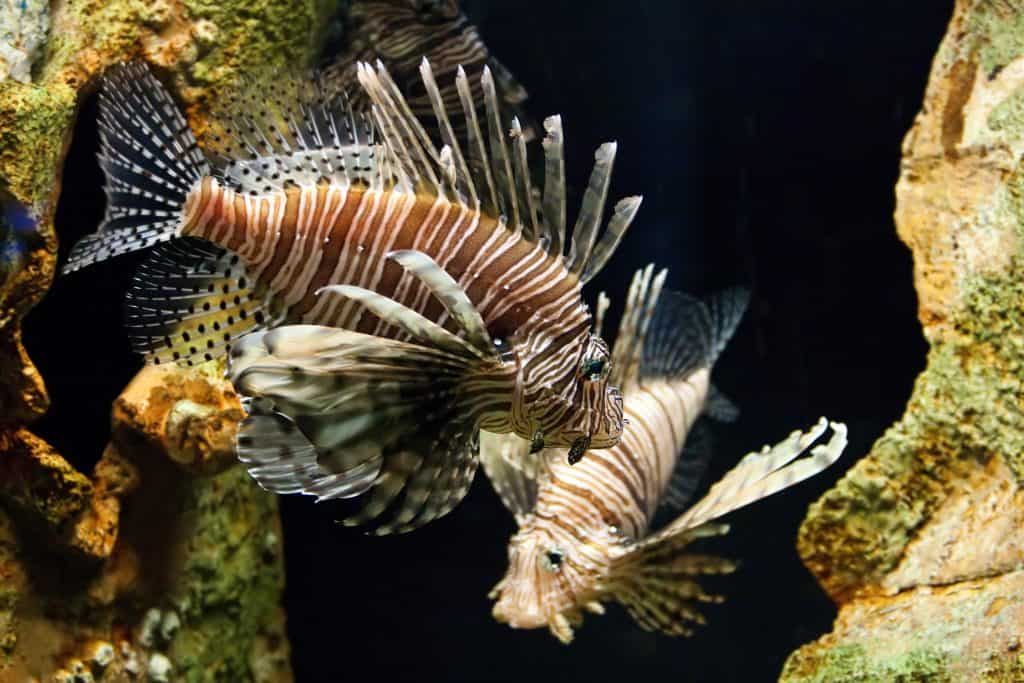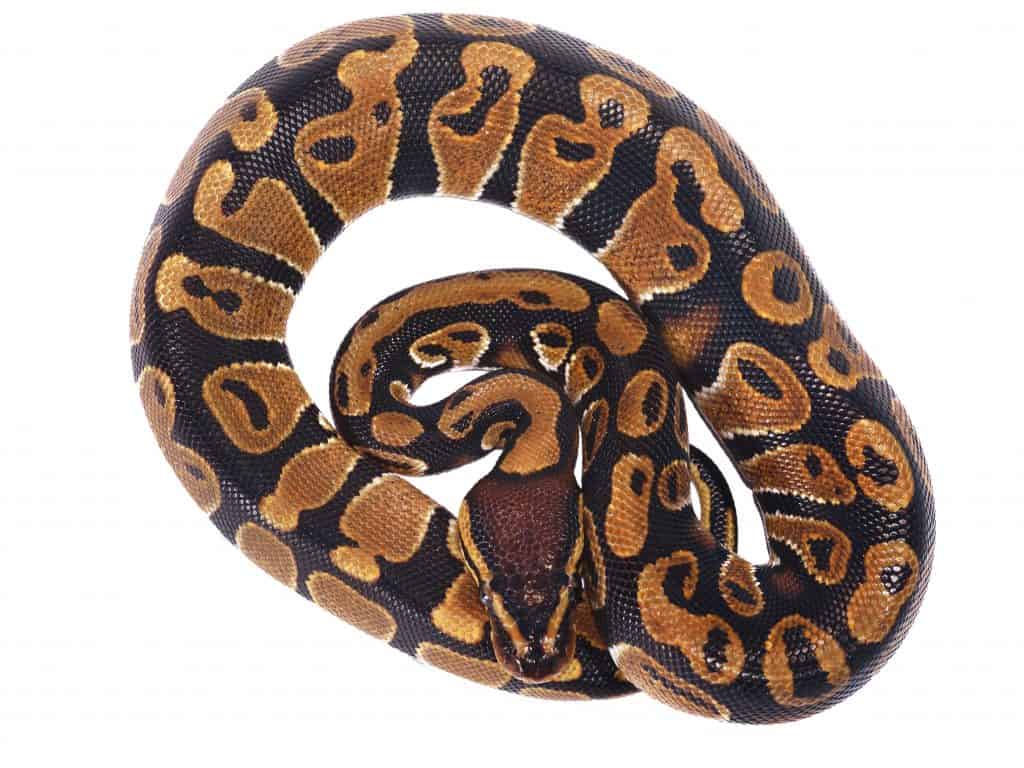Florida’s national parks are home to a diverse range of marine animals from sea turtles, to dolphins, to manatees. But unfortunately, these animals are not the only ones living in Florida’s waters.
Over the years, invasive species have made their way into Florida’s marine ecosystem, disrupting the delicate balance of the ecosystem and threatening the survival of native species. We will explore the marine animals and invasive species in Florida national parks and the efforts being made to protect the ecosystem.

The Impact of Invasive Species on Florida’s Marine Ecosystem
Invasive species are non-native plants and animals that are introduced into a new environment and can cause harm to the ecosystem, economy, and human health. In Florida, the introduction of invasive species has had a significant impact on the marine ecosystem.
These invasive species can outcompete native species for resources, destroy habitat, and alter the food web. This effect is rapidly leading to a loss of biodiversity and negative consequences to the ecosystem.
Lionfish in Florida’s National Parks
One of the most notorious invasive species in Florida’s marine ecosystem is the lionfish. Native to the Indo-Pacific region, lionfish were introduced into Florida’s waters in the 1980s and have since spread rapidly throughout the state.

Lionfish are predators that feed on small fish and invertebrates. They reduce the populations of native species, and they also pose a risk to humans due to their venomous spines.
Lionfish have no natural predators in the Atlantic Ocean, so their population is difficult to manage. The National Park System asks that visitors report sightings of this species as quickly as possible.
These fish, handled carefully, can be tasty for human consumption!
Green Mussels
Another invasive species that has been causing problems in Florida’s marine ecosystem is the green mussel. Originally from Asia, green mussels were first discovered in Florida in 1999 and have since spread to other parts of the state.
Green mussels attach themselves to hard surfaces such as rocks and boat hulls and can cause damage to infrastructure and native species. They also compete with native species such as oysters and clams, reducing the availability of food.
Burmese Python
One of the most problematic invasive species in Florida National Parks is the Burmese python. These large snakes were introduced to Florida in the 1980s, likely as escaped or released pets. Since then, they have rapidly spread throughout the state, and their population has exploded in many of Florida’s National Parks.

The Burmese python is a top predator, and its presence has led to significant declines in many native species including mammals, birds, and reptiles. The python’s ability to prey on large animals including deer and alligators has disrupted the natural food chain and caused cascading effects throughout the ecosystem.
The python population is such a challenge in southern Florida that there are even television shows and professionals showcasing python hunts!
These snakes are so prevalent in southern Florida that our family have even seen them on the side of the road near Everglades National Park.
Brazilian Pepper
The most widespread invasive plant in Everglades National Park is the Brazilian pepper. This shrub, which is native to South America, was introduced to Florida in the late 1800s as an ornamental plant. Since then, it has spread rapidly throughout the state.
Brazilian pepper grows quickly and produces large amounts of berries which can be eaten by birds and other animals; however, the plant is toxic to many native species. It has contributed to the decline of many native plants and animals.
In addition to these listed, there are many other invasive species that are causing harm in Florida National Parks including the Cuban tree frog, the Asian tiger mosquito, and the giant African snail.
These species can have a range of negative impacts on the ecosystem from outcompeting native species, to spreading diseases, to disrupting the natural food chain.
Mitigation Efforts
So, what can be done to mitigate the impact of invasive species in Florida National Parks? There are several strategies that park managers can use including prevention, early detection, rapid response, and management.
Prevention is the most effective way to address the problem of invasive species, which is why park managers attempt to reduce the risk of introducing new species to the ecosystem. They implement strict quarantine measures, and they promote responsible pet ownership.
One of the Everglades National Park’s current projects is called the Hole in The Donut Restoration Project that restores wetlands to former agricultural lands. Through this effort, the Park is implementing careful and deliberate processes to slowly create space free of invasive species.
Early detection and rapid response are also critical, as the sooner an invasive species is detected, the more likely it is that it can be effectively controlled.
Finally, control and management strategies can be used to reduce the impact of invasive species once they have become established in the ecosystem.
One such measure that is in effect for the python population is called the Python Removal Authorized Agent Program. It allows Florida Parks and Wildlife to contract out python removal teams, AKA “python hunters!”
How can National Park visitors help control the spread of Florida’s invasive species?
Florida’s national park visitors can help control the spread of invasive species by following a few simple steps.
First, visitors should make sure that they do not bring any invasive species with them when they enter the park. This means we must check our gear and equipment, including boats, before entering the park. We must ensure that these vessels are free of any invasive plants or animals.
Second, visitors should stay on designated trails and roads to avoid accidentally introducing invasive species to new areas. Many invasive species are spread by people walking off-trail, so staying on designated paths can help prevent their spread.
Third, visitors should be aware of the signs of invasive species and report any sightings to park staff. This includes reporting any unusual plants or animals that we see.
Finally, visitors can help control the spread of invasive species by participating in volunteer programs or educational programs offered by the park. These programs often include opportunities to remove invasive species from the park or to learn more about how to identify and control them.
By following these steps, we can all help protect Florida’s national parks from the harmful effects of invasive species.
Unfortunately, invasive species already have a far-reaching impact on Florida’s ecosystems. While it is impossible to completely eliminate invasive species, park managers can take steps to mitigate their impact and protect the natural balance of the ecosystem.
By working together, we can ensure that Florida’s National Parks remain a vibrant and healthy ecosystems for generations to come.

